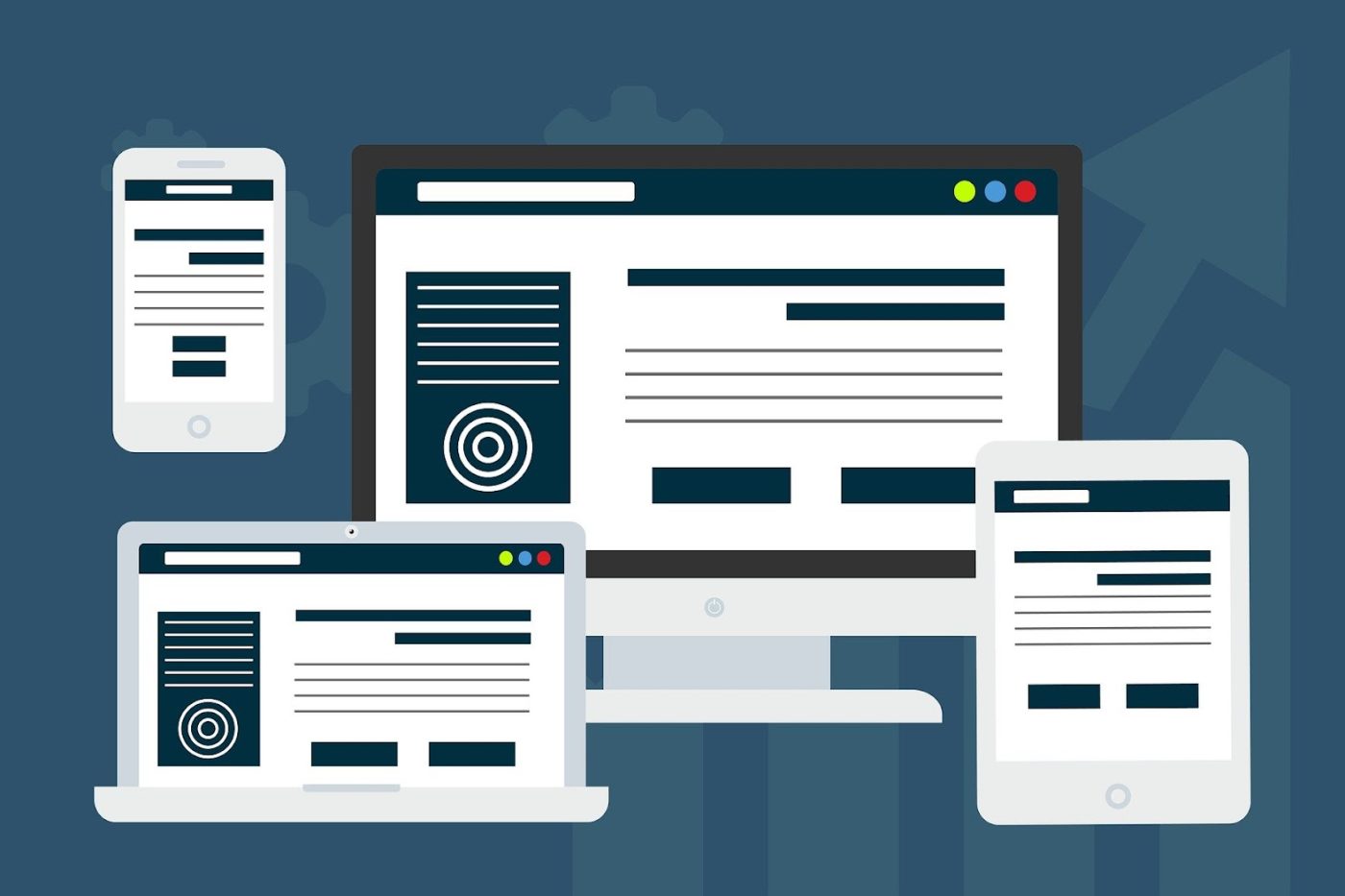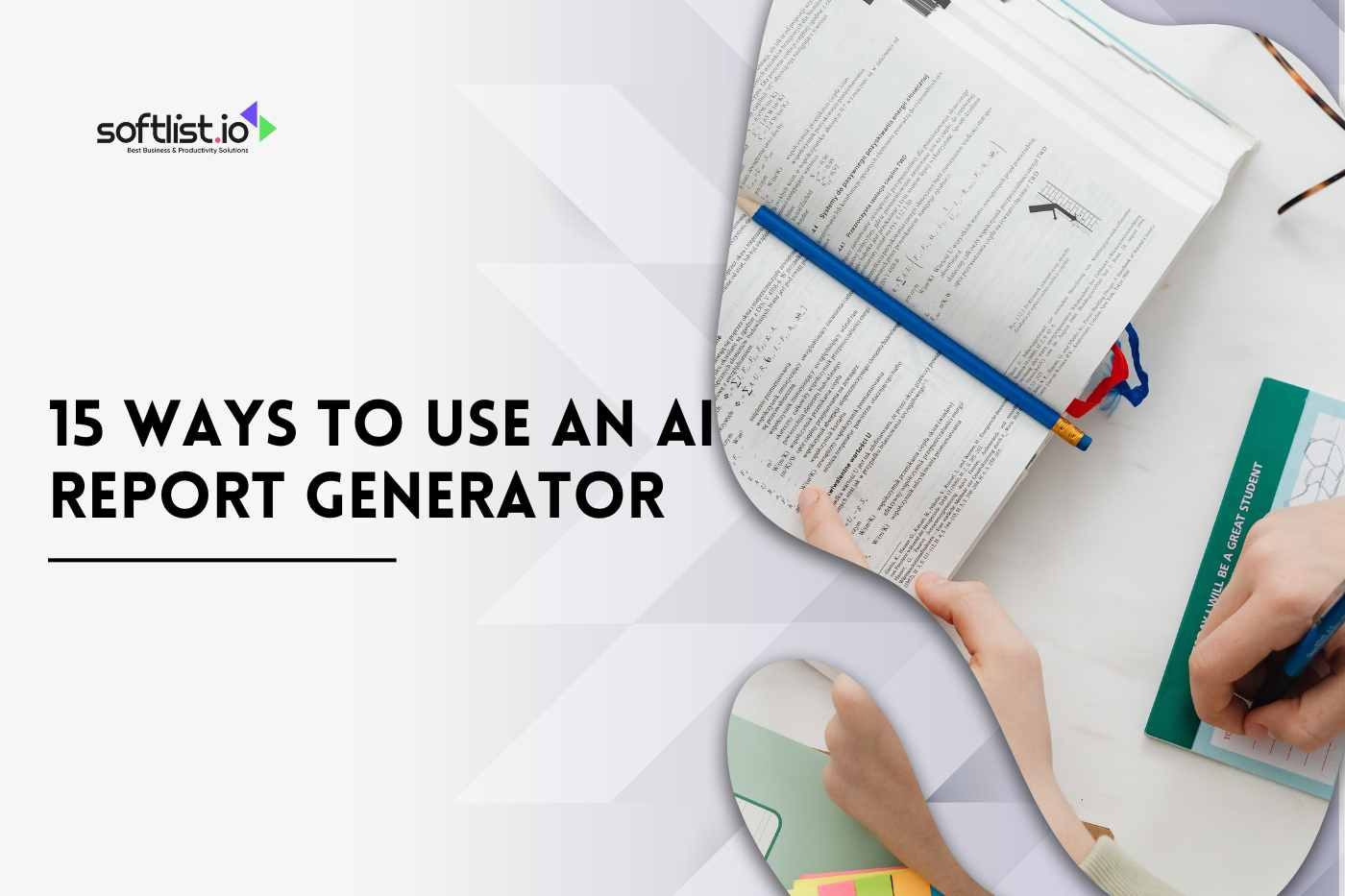Restaurants are notorious for having small profit margins, even among other industries. For this reason, if restaurant owners wish to maximize earnings, they must cut costs and increase efficiency.
Fortunately, modern technological developments enable restaurants to use a variety of strategies like automation tools to reduce labor expenses and increase output. Automation is the finest option out of these in a number of ways.

The 15 key benefits of an automated system for your restaurant to help in automating everyday tasks and operations will be covered in this article.
What Drives Restaurant Automation?

A relatively recent trend in restaurants is automation, which is being fueled by a technological revolution that has been sweeping the world in a mainly covert manner.
But why was there such a stir about automation to begin with?
The broad adoption of automated technologies in the restaurant business will be covered in this section.
Reduced workload

It should come as no surprise that while performing repetitive activities, computers and software productivity tools outperform humans. Employees are better equipped to handle the more significant job when machines handle tedious but crucial duties.
Higher productivity

The funnel and workflow automation widens and moves more quickly when staff is freed up from collecting orders to focus on more important multiple tasks like verifying the quality of goods, customer data, and services and helping consumers with the help of automated workflows.
Improved client experience

Customers also want to get the most out of their time. The customer experience can be enhanced and even more, people and new team members may want to join the wait if it moves more quickly and efficiently to quickly manage tasks.
Increased revenues

Improved visitor experiences and higher employee productivity promote more sales, spur growth, and boost your bottom line.
Increased adherence to the law

Some automation solutions can increase security and adherence to legal, regulatory, and other standards.
15 ways to use automation apps

We’ve established that automation can enhance the operations of your business. However, which particular use cases do they best fit?
Here are 15 ways automation can help your restaurant’s operations in specific areas.
1. Electronic menu boards

Digital menu boards are one of the automation methods used in restaurants the most frequently.
Digital menu boards are menus that can be viewed using a digital device, as you can presumably infer from their name. There are several different types of digital menu boards available right now. Websites, social media, mobile food applications, and LED displays inside stores are a few examples.
Digital menu boards are also dynamic. The display can be modified to reflect a seasonal mood, support a cause, or highlight daily discounts, depending on what you want to accomplish. Physical menus make it hard to carry out those tasks.
Additionally, compared to traditional menus, it is considerably simpler to manage your branding using these. Your digital menu boards can take any shape, and they all offer advantages.
You may convey the same appeal that your consumers love about your restaurant through your menu, regardless of whether your menu items are displayed on several displays in your business, on mobile devices, in marketing campaigns, or on social media.

This raises consumer awareness of your brand and motivates your marketing plan.
In other words, you can immediately benefit from automation by adding it to your menu displays.
2. Kiosks for self-ordering

Self-ordering kiosks are becoming more commonplace across the nation, particularly in large chain stores. It makes sense that they would want to adopt this technology, especially since that the digital age has made self-ordering kiosks more widely available.
The use of automated self-ordering kiosks in your restaurant has a number of clear benefits.
reduces worker workload.

One of your staff’s most time-consuming responsibilities in restaurants is taking orders. By reducing this effort, they are able to concentrate on the business’s higher-value areas, such as service quality, which can boost customer retention.
makes upselling easier.

The upselling of drinks, sweets, and customizable components is a constant feature of self-service machines. Self-ordering kiosks boost the average check size in a restaurant as a result.
collects data.

Self-ordering kiosks’ ability to gather real-time consumer data that can be used to identify trends and behaviors is one of their strongest features. These can be utilized in marketing initiatives on social media, email marketing, and basic restaurant marketing drives.
reduces contact

Self-ordering kiosks are more popular with customers because they reduce potential cross-contact and the risk of contracting a disease.
3. Software for Inventory

One of the most important components of a restaurant’s operation is its inventory. After all, without inventory, most of the other tasks would be impossible, such as budgeting and meal preparation.
However, the majority of restaurants continue to use spreadsheets to control their inventories.
Even if this might have worked in the past, utilizing spreadsheets to manage your inventory now is nothing less than deliberately lagging behind the competition.
Nowadays, restaurant inventory software is recommended. These software tools track supplies, sales, orders, and delivery while automating the painstaking inventory management process.
Automated inventory management, as opposed to manual tracking, greatly reduces the margin of error and provides you with far more exact figures, minimizing potential losses and assisting you in estimating food prices more accurately.
4. Automated Reservations for Tables
If you’re performing your job well, the floor space at your restaurant might fill up quickly. It’s simple for mistakes to occur when making table reservations when things are very busy, especially if you’re utilizing a manual approach.
You can maximize the efficiency and error-free operation of your front-of-the-house by automating table reservations utilizing table reservation software. These are typically a part of CRM subscriptions.
The majority of table management programs provide the following capabilities to help with that:
- models the front-of-house of your restaurant to produce a more precise digital floor layout.
- Continual table monitoring maximizes table coverings and value.
- provides staffing, transfer choices, reservation features, and other means of streamlining table management.
Your Yelp review won’t ever be negatively impacted by someone complaining that you missed their automated table reservation.
5. Automated Restaurant Closing Checklist

Managing the end-of-day tasks in a restaurant is critical for maintaining operational efficiency and ensuring everything is ready for the next business day. Implementing an automated restaurant closing checklist can significantly streamline this process. Automation in this area offers several key benefits:
Enhanced Operational Efficiency: Automating restaurant closing tasks ensures consistency and compliance with health and safety standards, significantly reducing the risk of errors. This streamlined process allows employees to efficiently complete end-of-day duties such as cleaning, restocking, and setup for the next day, saving valuable time and ensuring the restaurant is always ready for business.
Improved Accountability and Customization: Automated checklists offer transparency by tracking the completion of each task, promoting accountability among staff. The flexibility to customize these checklists according to specific restaurant needs enables a tailored approach to closing procedures, ensuring that all critical tasks are addressed and can be adjusted as operations evolve.
Valuable Insights for Continuous Improvement: The use of automated checklists provides data on the closing process, offering insights into task completion times, common issues, and overall efficiency. This information is crucial for making informed decisions on operational improvements, staff training programs, and optimizing cost management strategies, leading to a more effective and smooth restaurant operation.
6. Phone Buttons

Every table has a call button, reducing the awkwardness of asking for a waiter.
Knowing that a crew is always ready to help you with your every need, within reason, is a significant component of the dining experience. Use call buttons to speed up this procedure by giving your clients a reliable way to make requests for assistance without having to wait for a waiter to see them.
Call buttons also make it simpler for waiters to serve areas that might otherwise be blind spots due to the layout of your restaurant. Such capabilities are quite helpful for themed or atypical restaurants with a lot of covers or interesting interior decor.
7. Accounting Programs

The accounting department at your restaurant is essential. With faulty or negligent bookkeeping, your restaurant could close as soon as a few weeks. Additionally, accounting is essential if you have a legal need to keep track of your restaurant’s financial data.
The next option, having the restaurant owners maintain their own records, might be challenging and possibly illegal if done incorrectly.
Thankfully, many business owners can now easily access accounting software. Self-made accounting software interfaces into your system and keeps track of your financial data, including your revenues and expenses.
This facilitates communication with a hired accountant and is more compliant with the law.
8. Process of Automated Cooking

The top chefs don’t just create delicious cuisine; they also produce items that their patrons adore.
That being said, cooking is fundamentally a highly regimented, repetitive job that aims to provide a consistent outcome.
While the technology is currently not widespread enough, there are now many brands that specialize in customized robotics for the kitchen.
Automated robots are always effective in their procedures, highly configurable, standardized, and hygienic. So it seems sensible that some companies use automated cooking methods in their kitchens.
9. Phone Voice Ordering
The way humans engage with technology is being revolutionized by voice-based artificial intelligence (AI). Voice AI makes it simpler than ever to obtain information and execute tasks by enabling people to control gadgets and applications with their voice. This is especially advantageous for companies like restaurants that receive orders over the phone.
Instead of needing to recall a long list of menu options, clients can just tell the restaurant what they want to purchase using voice artificial intelligence (AI). This not only saves time but also lessens the chance of making mistakes. Voice AI can also assist firms in upselling by making suggestions depending on the customer’s order.
One of the top suppliers of voice AI technologies is SoundHound. It’s a great option for businesses who want to enhance their voice ordering system because of its user-friendly platform and wide range of capabilities.
10. Online Loyalty Schemes

Giving loyal consumers a lot of free goods is one of the best things you can do to increase the appeal of your business.
This procedure is automated by online loyalty schemes. Although paper cards, coupons, and discount passes have traditionally predominated, this method is ineffective since they are frequently lost, forgotten, or crumpled.
These issues can be resolved by offering the following features to loyal consumers through a digital loyalty program.
-Your customers can obtain customer loyalty points even if they fail to claim them thanks to round-the-clock tracking.
-prizes that are automatically given out when new members sign up.
-offers that are specifically tailored to your customers’ tastes based on their profiles.
11. Scheduling Programs and Repetitive tasks

The scheduling of your staff is essential to your daily operations. Without effective scheduling, it’s simple to let things go out of control, leading to an ineffective system that wastes time, demoralizes employees, and reduces production.
By automating predetermined procedures and improving management accessibility, scheduling software addresses the majority of these issues.
Using this software, you may create your own staff schedules by having all of your shift data available at the appropriate time and location.
One location may be used to manage everything from employee hours to overtime, vacation requests, shift covers, etc. The best part is that everything runs smoothly without the hassle that an antiquated manual, pen-and-paper, or spreadsheet approach would have caused.
12. Robotic Process Automation and Deliveries
Large-scale sectors like logistics and delivery services are now using automated delivery drones.
Automated deliveries are poised to completely transform the food delivery sector because they fundamentally follow the same pattern as food ordering and delivery. Additionally, customers are more likely to continue using online ordering and delivery services for years to come given the ongoing uncertainty about Covid-19.
Automating deliveries can increase client accessibility, especially if your business operates primarily as a QSR (quick-service restaurant) with a significant delivery component.
13. Portable POS

Customers can finish their purchases using a mobile point-of-sale system without going to a specific area of the restaurant.
To allow guests to choose and pay for their food without getting up from their table, several restaurants use dedicated tablets with point-of-sale software on each table.
Other services and integrations, such as entertainment and games, may also be included in this ordering scheme.
Mobile point-of-sale systems further streamline the purchasing process, which boosts average check sizes and encourages more spending.
14. Tools for Video Auditing and Automated tasks

A crucial component for the ongoing health of your restaurant is its security system. However, even if your restaurant has a reliable CCTV system, it is still susceptible to security breaches and even staff fraud.
By utilizing AI to identify and catalog images from your cameras, video auditing subscriptions enable you to get around all of the issues that come with outdated CCTV systems.
Video auditing technologies essentially give your CCTVs a brain. This enables you to put into practice useful features like flagging theft as it occurs, keeping track of inventories, and more.
15. Self-Service Tabletop Ordering

Each table has a self-service ordering kiosk that blends mobile POS components with self-service kiosks. Customers can place orders at their table without getting up, however, they are unable to make payments via the system.
But even so, it speeds up the ordering procedure because waiters are no longer required to wait for customers to place their orders. They will simply need to perform the delivery.
Because of the shorter wait times, this results in quicker table turnover and more revenues.
16. Drive-In and Drive-Thru Voice AI

By enabling voice ordering at the drive-in and drive-thru windows, speech AI is transforming the restaurant sector. Customers no longer need to memorize specific menu items or prices thanks to businesses like SoundHound, who allow them to effortlessly place orders using natural language. This not only shortens the ordering procedure but also clears up any confusion and saves time.
By recommending extra items based on the customer’s order, voice AI can assist restaurants with upselling and cross-selling. For instance, if a customer orders a burger, the Voice AI system can suggest they also have some fries or a soft drink. Restaurants may improve the customer experience and increase sales by using voice artificial intelligence in their operations.
Measuring Success in Restaurant Sales through Business Processes
You can perform one essential thing with the help of automation technology: collect data. Restaurants can gather consumer data from their digital menu boards and table self-service screens that they can use to enhance the patron experience.
But what do you do with the data once you have it? The solution is straightforward: you examine KPIs and gauge your progress in restaurant sales.
What is a KPI?
KPI stands for key performance indicators, and as you might have guessed, these metrics provide you with specific information on the performance of your restaurant.
KPIs are important since they serve as a yardstick by which you can gauge your success. You will become lost in a sea of data without KPIs.
KPIs for Restaurant KPIs to Track
Your particular restaurant approach must be highly tailored to your establishment. You must sit down and have a discussion with your employees and some analysts to identify particular KPIs that only apply to your restaurant.
However, everyone may agree that there are standard restaurant KPIs that give you varied degrees of insight into your restaurant. These are what they are:
- excess margin
- The margin of gross profit
- Net income margin
- previous sales
- The typical server check
- Per hour, guests are provided
- Per-table turn duration
- consumer contentment
Without straining your back with specialist equipment, your restaurant may easily track these KPIs using automation solutions.
Then, you can use this information to improve your digital marketing campaign, including identifying your target market, boosting your SEO (search engine optimization), email marketing, and generally enhancing your restaurant marketing. Data like customer preferences, profiles, and even phone numbers can be used in this way.
Maximizing Restaurant Sales Using Automation
By its very nature, the restaurant business is extremely competitive. And in this day and age, restaurant technology has become a new area of rivalry, perhaps because technology is now intrinsically related to a positive customer experience.
Using automation technologies will push your restaurant service to the top of your specialty by improving operations, cutting expenses, and obtaining high-quality consumer data.
Overlooking task automation is losing you money
Harvard Business Review claims that by not automating fundamental processes, marketing professionals waste between 10% and 15% of their time.
You should already be saving a significant amount of time and effort thanks to task automation.
If it isn’t, you must not be utilizing it, I can only presume.
If you frequently switch between several SaaS systems, you’ve probably grown weary of doing so just to carry out straightforward activities.
Would it not be simpler if you could press a single button, and the many platforms would automatically communicate and do the task for you?
Yes. Undoubtedly, it would be.
In fact, according to Chui, Manyika, and Miremadi in their article for the Harvard Business Review, 60% of current US employment might have 30% of their time reduced by automation. Marketing executives could automate tasks that take up between 10% and 15% of their current time utilizing current technology.
Desktop vs cloud task automation
Chore automation in a plethora of various ways to increase productivity. Some of these solutions might employ the strategy described above, which involves integrating various online apps. Some people might not use the internet at all.
In order to automate a workflow on your computer, desktop-based tools can be utilized as hotkeys or to configure a number of different triggers. These tools, which may be used with a click, can significantly reduce the amount of time required for routine manual tasks.
However, cloud-based providers have been driving the actual automation movement in recent years by using API requests from various web apps to start pre-programmed tasks. These let you interact with platforms without needing to log in through a browser.
You may significantly improve your productivity and streamline your business processes by using desktop and cloud technologies. Depending on the type of job you do and the types of tasks you need to automate, you may find one more valuable than the other.
The growing availability of task automation for mobile devices is the sector to be on the lookout for in 2017. Expect your phone to start altering the way you approach activities as more and more of our work is done on our mobile devices and their pervasiveness in our lives continues.
Conclusion
Your team and individual contributors can spend less time on repetitive chores and manual processes by using automation solutions.
They can then concentrate on strategic, important, or innovative jobs that contribute more to your company’s objectives.
We’ve barely scratched the surface of how to use app automation in this post, which has given several particular examples.
FAQ
1. What is the data-driven framework?
Data-driven frameworks include automated testing frameworks. This framework reads input values from data files and stores them as variables for test scripts. This automation architecture enables testers to incorporate both positive and negative test scenarios into a single test.
2. What Benefits Does Automation Provide?
Automation or outsourcing is appropriate for representative tasks that would otherwise take up a lot of employee time. Gathering and entering invoice data, verifying spreadsheets for errors, preparing purchase orders, double-checking expenditure reports, and filing paperwork are a few of these.
Your costs and error rates with automation for internal procedures will go down as you automate additional tasks. Additionally, you’ll be providing employees more time so they can concentrate on tasks that need human interaction.
3. Will outsourcing and automation lead to employment losses?
One of the most common concerns is the notion that workers would be lost as a result of automation and/or business process outsourcing. Internal workers are no longer necessary to do certain tasks when a business process is automated or outsourced.






